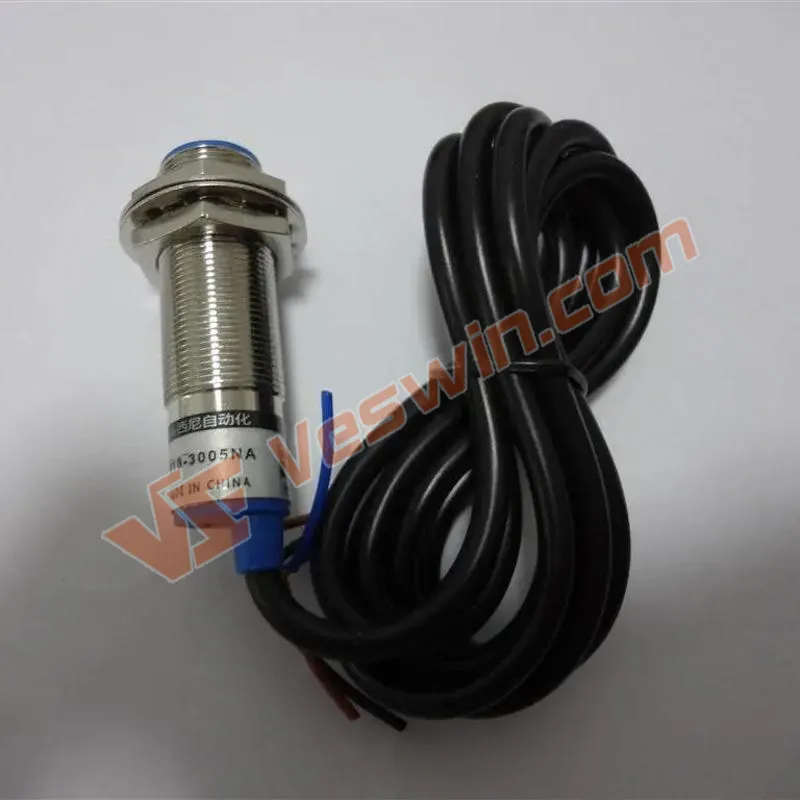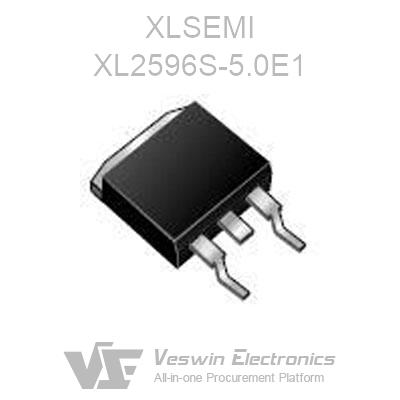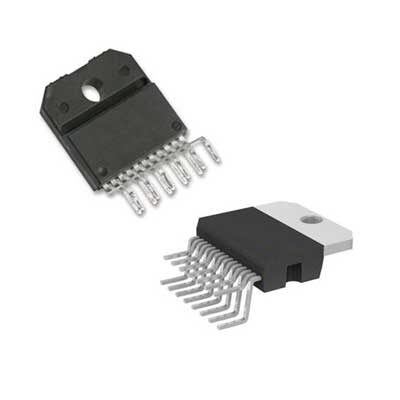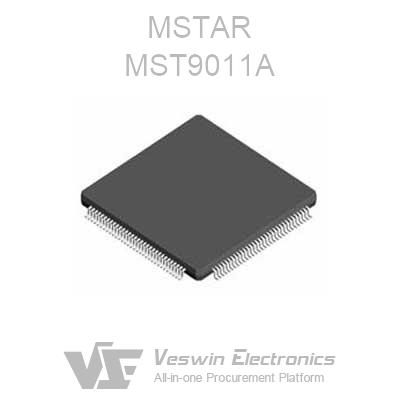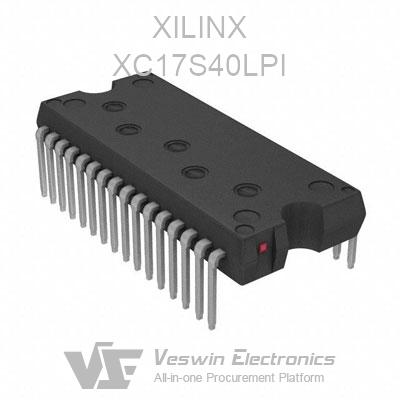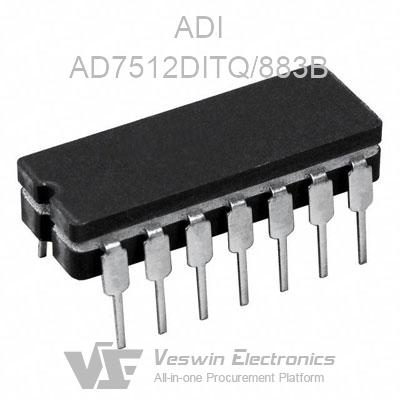NMOS is called N-Metal-Oxide-Semiconductor. It means N-type Metal-Oxide-Semiconductor, and the transistor with this structure is called NMOS transistor. There are two types of MOS transistors: P-type MOS and N-type MOS.
The integrated circuits composed of MOS tubes are called MOS integrated circuits, the circuits composed of NMOS are NMOS integrated circuits, the circuits composed of PMOS tubes are PMOS integrated circuits, and the complementary MOS circuits composed of two types of tubes, NMOS and PMOS, are CMOS circuits.
NMOS transistor it consists of a source, a drain and a control pole. When the voltage on the control pole is higher than the source, the transistor conducts, thus allowing current to flow from the source to the drain. When the voltage on the control pole is lower than the source, the transistor disconnects, thereby preventing current from flowing from the source to the drain.
The NMOS transistor acts as a closed circuit when it receives a non-zero voltage, which means that the connection between the source and the drain acts as a wire. Therefore, the power supply receives the current from the gate terminal. When this transistor receives a voltage of about 0 V, the connection between the source terminal and the drain terminal will be broken, creating an open circuit and causing current to flow from the gate terminal to the drain terminal.
The following shows the I-V properties of an NMOS transistor. The voltage between source and drain (VDS) and between gate and source (VGS). Therefore, the curve between IDS and VDS is obtained by simply grounding the terminals of the power supply, setting the initial VGS value, and then stepping the VGS value from "0" to "VDD" to set the VDS to the highest DC voltage value. As a result, the IDS is very small and will trend linearly for very low VGS. As the VGS value rises, the IDS improves and develops the following dependence on VGS and VDS.
NMOS (N-channel Metal-Oxide-Semiconductor) transistors find extensive use in various digital and analog applications due to their characteristics. Some notable applications include:
Digital Logic Circuits: NMOS transistors are fundamental components in the construction of digital logic circuits. They're used in designing logic gates like AND, OR, NOT, NAND, NOR, etc. These transistors help in implementing switching functions and memory elements in digital systems.
Microprocessors and Microcontrollers: NMOS transistors have historically been used in the construction of early microprocessors and microcontrollers due to their speed and relatively simple manufacturing processes.
Memory: In specific types of memory circuits such as dynamic random-access memory (DRAM) and static random-access memory (SRAM), NMOS transistors are utilized for storage and data manipulation.
Switching Circuits: Their ability to switch on and off rapidly makes NMOS transistors suitable for various switching applications in integrated circuits.
Analog Circuits: Though less common than in digital circuits, NMOS transistors are also used in analog circuits, such as in amplifiers and signal processing circuits.
Display Technology: In some display technologies like OLEDs (Organic Light-Emitting Diodes), NMOS transistors might be employed in driving individual pixels, controlling their brightness and color.
Sensor Interfaces: In certain sensor applications, NMOS transistors are utilized in signal conditioning and interfacing between sensors and processing units.
Power Management: In some low-power applications, NMOS transistors are used for power management functions due to their ability to efficiently control power flow.
Below is a schematic of a NOT gate made from NMOS and PMOS transistors. By connecting the pMOS transistor to the source and the nMOS transistor to ground, we can combine the pMOS and nMOS transistors to create a NOT gate. Thus, the circuit will be the first example of our CMOS transistor. A type of logic gate that produces an inverted input as an output is a NOT gate. Inverter is another name for this gate. If the input is "0", the result will be "1".
The pMOS transistor at the top and the nMOS transistor at the bottom receive input when the input is zero. The input value "0" is converted to "1" when it reaches the pMOS transistor. As a result, the source link is cut. Therefore, if the connection to the drain (GND) is also closed, this produces a logical "1" value. We know that the nMOS transistor does not flip the input value; therefore, it accepts the zero as is and generates an open drain. As a result, the gate generates a logical value of 1.
If the input value is also "1", the two transistors of the above circuit receive the value "1". The value "1" will change to "o" after being received by the pMOS transistor. Therefore, the path to the source is free. nMOS transistors do not invert after receiving the value "1". Therefore, the input value remains at 1. Once the nMOS transistor receives a value, the connection to GND is closed. Therefore, it will produce a logic "0" output.
A MOSFET (Metal-Oxide-Semiconductor Field-Effect Transistor) is a type of field-effect transistor used in electronic devices for amplification or switching signals. NMOS (N-channel Metal-Oxide-Semiconductor) is a specific type of MOSFET.
Aspect | MOSFET | NMOS |
Type | General term covering various types | Specific type: n-channel MOSFET |
Channel | Can be n-channel (NMOS) or p-channel (PMOS) | n-channel |
Construction | Metal-Oxide-Semiconductor Field-Effect Transistor | n-channel Metal-Oxide-Semiconductor |
Operation | Voltage-controlled switch | Voltage-controlled switch |
Voltage Application | Doesn't specify polarity | Negative voltage at gate relative to source |
Polarity | General term, no polarity specified | Specifically n-type semiconductor channel |
Applications | Used broadly in various electronic circuits, power amplifiers, digital circuits | Commonly used in digital circuits due to high speed and low fabrication complexity |
Q: What are the main components of an NMOS transistor?
A: An NMOS transistor consists of three terminals: the source (where current enters), the drain (where current exits), and the gate (which controls the flow of current).
Q: What are the advantages of NMOS transistors?
A: NMOS transistors offer advantages such as high-speed operation, simple fabrication processes, and compatibility with digital circuitry.
Q: What is the difference between NMOS and PMOS transistors?
A: NMOS transistors use n-type semiconductor material, while PMOS transistors use p-type semiconductor material. They have opposite polarities and operate in complementary ways in CMOS technology.
Q: What are some limitations of NMOS transistors?
A: NMOS transistors can consume power even when not switching due to leakage currents. They are also more susceptible to latch-up compared to CMOS configurations.
Q: How are NMOS transistors used in digital circuits?
A: NMOS transistors are fundamental in constructing digital circuits, where they are employed in logic gates, flip-flops, multiplexers, and other essential building blocks of digital systems.
Q: What is the role of NMOS transistors in CMOS technology?
A: In CMOS (Complementary Metal-Oxide-Semiconductor) technology, NMOS transistors are used alongside PMOS transistors to create efficient and low-power logic gates and other integrated circuits.
Hot News
